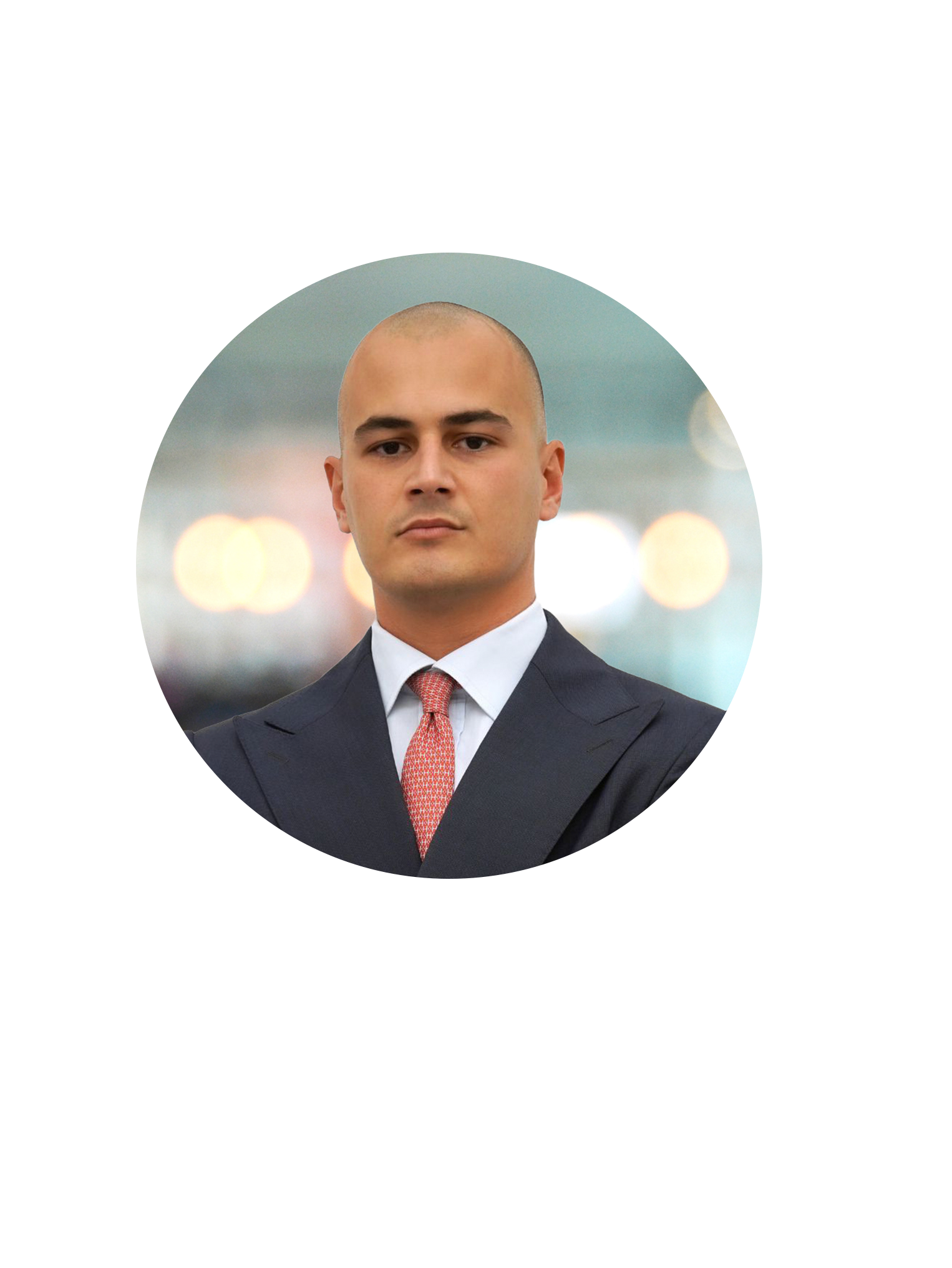Recently Senior Legal Counsel Giacomo Lorenzo was approached by the Norme & Tributi Diritto section of Il Sole 24 Ore, Italy’s leading economic and legal newspaper. In this article Giacomo provides his and Deminor's perspective on "Litigation Funding: Study Commissioned by the European Commission Published".
Originally published on 08/05/25, the Italian version of this article can be accessed via the Norme & Tributi Diritto website.
Below you will find the full English translation of Giacomo Lorenzo's article:
On March 21, 2025, the European Commission published a study entrusted to the Justice and Consumers Evaluation Consortium (JCEC), titled “Mapping Third Party Litigation Funding in the European Union.” The initiative was launched in response to the European Parliament's resolution of September 13, 2022, which called on the Commission to define common rules to ensure greater transparency and consistency in the litigation funding sector.
The objective of the study is to examine existing legislation, operational models, and stakeholder positions regarding litigation funding across EU Member States and selected non-EU jurisdictions.
A distinctive feature of the report is the methodology adopted, which included direct involvement of the main market players.
Thanks to the contribution of academics and professionals, the report provides a detailed overview of operational practices, current regulations, and the potential of litigation funding. The document offers concrete guidance not only for legislators but also for market operators, serving as a strategic reference for law firms, funders, and businesses.
This work is especially relevant because it outlines the characteristics of a growing sector in Europe. However, its role is not merely descriptive - it also serves as a basis for assessing the need for regulatory intervention at both national and EU levels. The study’s findings will be used by the Commission in the development of any future legislative initiatives on litigation funding, should they be deemed necessary.
Research methodology adopted
The study's methodology consists of four main components: drafting national reports by selected legal experts tasked with analysing current laws and practices on TPLF in EU Member States and some non-EU jurisdictions; conducting qualitative interviews with relevant stakeholders (funders, lawyers, companies, judicial authorities) in each country; a large-scale EU-wide consultation through online questionnaires targeting parties involved in litigation funded by third parties; and an expert panel convened to discuss preliminary findings and regulatory implications.
The study thus stands out for its methodological breadth and its ability to integrate legal analysis, empirical research, and expert dialogue. The investigation covers all 27 EU Member States, including Italy, and extends to the United Kingdom, United States, Canada, and Switzerland.
The characteristics of the European litigation funding market
The survey reveals that the European litigation funding market is progressively expanding in terms of the number of operators, although it remains fragmented and widely unregulated.
In most EU Member States, the only regulatory reference for certain aspects of litigation funding is the implementation of Directive (EU) 2020/1828 on representative actions (“RAD”), particularly Article 10. This article aims to ensure that when a qualified entity brings a representative action seeking redress, appropriate transparency measures are in place regarding who is providing financial support for the action. These measures aim to identify potential conflicts of interest.
The report highlights that, based on stakeholder consultations, nearly 300 litigation funders are active in Europe, many of whom operate in multiple Member States. Some funders directly involved in the consultations confirmed that this instrument is now a well-established practice in several EU legal systems, particularly in Germany and the Netherlands. Belgium, France, Austria, Spain, Portugal, Denmark, Sweden, and Italy also emerged as countries with notable litigation funder activity.
One of the main challenges in understanding the actual size of the litigation funding industry has always been the lack of reliable data on the number of cases involving a litigation funder. This lack of information stems from the absence of disclosure requirements regarding the presence of third-party financial support in lawsuits, a fact confirmed by the study results. However, a significant source of information came from the funders themselves: 23 operators shared data about their activities within the EU.
The reported figures range from fewer than 10 to over 100 cases annually per funder, for a total of around 700 proceedings (including enforcement stages), of which fewer than 100 were arbitrations. Some funders specified that the data referred to ongoing cases in a given year, while others based their estimates on new cases they invested in during that year, and the report clarifies that the data may therefore be interpreted in different ways.
Stakeholder responses indicate that the value of disputes involving litigation funders is typically between €5 million and €300 million, although there are cases below €1 million, especially in serial litigation. The compensation structures for funders generally range between 20% and 30% of the recovered amount, though more sophisticated contractual arrangements based on investment multiples are also used.
Results of the stakeholder consultation
The consultation involved 231 participants from all 27 EU Member States as well as the UK, Canada, Switzerland, and the United States. The study included two levels: a national context questionnaire (84 responses) and a pan-European survey (147 responses), alongside a series of direct interviews with key stakeholders. Participants included law firms (31%), companies (23%), litigation funders (13%), consumer organizations (12%), and public authorities, judges, arbitrators, academics, and others (20%).
Geographically, the majority of responses came from Germany (21%), the Netherlands (16%), Belgium (15%), Spain (14%), Austria (13%), France (13%), Italy (11%), and Portugal (10%). Significant participation also came from the United Kingdom, the United States, Switzerland, Norway, and Canada.
The report examines stakeholder views on the effects of litigation funding in the EU: 34% of respondents observed only positive effects, 24% noted a mix of positives and negatives, and only 17% expressed an exclusively negative view. Businesses (excluding those that had used litigation funding) were the most critical, while funders, consumer organisations, law firms, and academics mostly emphasised the benefits.
Among the most frequently acknowledged positive effects were increased access to justice for financially constrained parties, the contribution of specialised expertise in complex disputes, and a filtering effect, as funders tend to support only cases with a high likelihood of success.
The main concerns identified include the possible reduction of actual compensation for claimants, the risk of conflicts of interest, funder interference in litigation strategy, and the support of opportunistic claims aimed at securing settlements. This last risk was especially emphasized by businesses, likely as potential defendants in such cases—particularly in intellectual property, product liability, and corporate litigation.
Three scenarios for the regulation of the European market
The regulation of litigation funding is one of the central issues addressed in the study. Among the stakeholders consulted, 58% expressed the need for specific regulation: 29% supported EU-level intervention, 25% favoured a mixed (EU and national) approach, and only 4% preferred national-level regulation only. Conversely, 29% saw no need for regulation, while the remaining respondents either didn’t know or did not answer.
The main arguments in favour of regulation include the excessive reduction of compensation for claimants using litigation funding, the funder's influence over strategic litigation decisions, and the management of potential conflicts of interest. On the other hand, there was a clear awareness that overly strict regulation could discourage capital from entering the sector, negatively affecting the industry's development and hindering access to justice.
Currently, in most Member States, litigation funding operates without specific regulation, except for the provisions under Directive (EU) 2020/1828 on representative actions, transposed in Italy by Legislative Decree 28/2023. In the absence of a comprehensive regulatory framework, litigation funding is governed by general principles of contract and civil procedure law, as well as ethical standards applicable to lawyers. In cases where the beneficiary is a consumer, EU consumer protection rules apply.
The study identifies three alternative regulatory scenarios for litigation funding in the EU. The first scenario involves maintaining the current legal framework, based on the application of general provisions in civil law, civil procedure, consumer protection, and professional ethics. In this context, funders would continue to operate without specific sectoral regulation, relying on existing laws to address any issues.
The second scenario envisions a selective and proportionate regulatory regime, aimed at establishing minimum requirements - financial, ethical, and informational - for market participants. This approach seeks to improve contractual transparency, prevent conflicts of interest, and ensure effective protection for the most vulnerable parties, without hindering market development. It aligns with soft law principles and the recommendations of the European Law Institute (ELI), which advocates for a light-touch regulatory model.
The third scenario envisions a fully prescriptive regulatory model, involving mandatory licensing, minimum capital thresholds, fiduciary duties, extensive disclosure obligations, and oversight by independent authorities. However, the study warns that without concrete evidence of systemic abuse or structural dysfunction, such an approach could lead to excessive restrictions on contractual freedom and result in overregulation, potentially discouraging industry growth.
Several experts favoured the second option, considering it an effective balance between legal certainty and operational sustainability. Existing self-regulatory initiatives, such as the European Litigation Funder Association (ELFA) Code of Conduct, offer a solid starting point to enhance protections without imposing disproportionate or overly rigid constraints.
In this context, the more extreme proposals made by the European Parliament - such as mandatory prior authorization or uniform contractual clauses - were considered overly strict.
In summary, effective litigation funding regulation should be based on proportionality, flexibility, and consistency with existing tools, prioritising self-regulation as a means to promote market integrity and protect the interests of all parties.
Focus on Italy: permissive legal framework and absence of specific regulation
The chapter on Italy, written by Professor Cristina Poncibò from the University of Turin, notes that litigation funding is fully permissible under Italian law, even though there is no specific regulatory framework. It is considered an atypical contract governed by general principles of civil law.
Professor Poncibò also states that the Italian market is still in an early stage, especially compared to jurisdictions like Germany and the Netherlands, where litigation funding is a well-established practice. This is also confirmed by the limited number of operators: only five have been identified—three Italian and two international funders with an operational presence in Italy.
As for regulation, no oversight regime exists, unless the funder falls under already regulated categories such as SICAVs, IVASS-supervised companies, or banking intermediaries.
The Italian section of the report also identifies certain types of disputes where litigation funders are increasingly active: antitrust damages claims, class actions, and mass litigation. These are areas marked by high technical complexity and significant financial burdens, where external capital support can meaningfully improve access to justice.
In conclusion, the author of the Italian section believes that the lack of a comprehensive legal framework, together with the absence of transparency on the presence of funders in proceedings, has limited the spread of litigation funding in Italy. Nevertheless, it is reasonable to expect that increasing demand for financial resources in complex disputes, the use of digital tools for collective action management, and developments in the EU regulatory landscape will significantly support the growth and establishment of litigation funding in the Italian context.

Further Reading - The Third Party Litigation Funding Law Review: Italy
The Third Party Litigation Funding Law Review provides an annual overview of the law and practice of third party funding in jurisdictions where it is reasonably well established. With a focus on significant recent cases and developments, it examines the key features of the legal and regulatory regimes governing funding agreements, as well as practical considerations when structuring these agreements.
Now in its seventh edition, members of the Deminor team have authored several of the regional report chapters. Senior Legal Counsel Giacomo Lorenzo has authored the latest Italian chapter review, which you can access by clicking on the image below:
Get in touch with Senior Legal Counsel Giacomo Lorenzo to learn more about how Deminor Litigation Funding can help your Investment Recovery, Antitrust Damages and Commercial Litigation claims within Italy.







